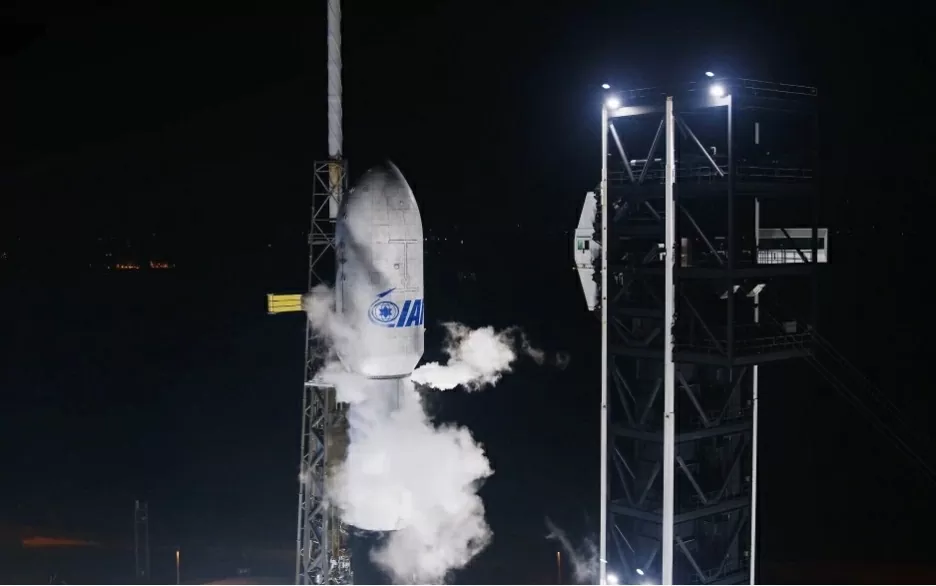 |
| Image of the Dror-1 communications satellite before it was launched by SpaceX on July 13. (Screenshot/SpaceX) |
The satellite developed by Israel Aerospace Industries (IAI) was launched into orbit using a two-stage Falcon 9 rocket produced by billionaire Elon Musk's SpaceX.
The satellite weighs 4.5 tons and measures a total of 17.8 meters (58 feet) when its solar panels are fully deployed, according to IAI. Each pair of receiving antennas, or dishes, is 2.8 meters long, the largest on an Israeli satellite.
The first stage of the rocket - which has been used 13 times - landed safely on a floating platform in the ocean. Meanwhile, the second stage of the rocket is carrying the satellite deeper into space.
In the near future, the shield protecting the warhead will separate, exposing the satellite. The satellite will then deploy its solar panels and antennas to begin the necessary maneuvers to enter a fixed position in orbit. This process is expected to take about 2 weeks, after several orbits of the Earth.
Dror‑1 is a geostationary (GEO) communications satellite developed by IAI under a contract with the Israeli government to ensure communications independence for at least 15 years. The total cost of the project is approximately $190-200 million, mainly funded by the state.
Dror‑1 is equipped with a digital communications processor, allowing flexible configuration (like a “smartphone in space”). The operator can update the application and adjust the frequency/procedure library from the ground immediately after the satellite is operational. In addition, Dror‑1 is also capable of remote updates and is resistant to cyber attacks, ensuring long-term performance.
"In the coming weeks, once the satellite is placed into orbit around Earth, IAI engineers will conduct a series of tests to verify the satellite's functionality, after which the satellite will begin a multi-year mission in space as Israel's national communications satellite," IAI said.
IAI CEO Boaz Levy said Dror-1 is "the most advanced communications satellite ever built in Israel, with the goal of maintaining this national strategic capability in the country and providing Israel with vital satellite communications capabilities for years to come."
According to him, Israel's space program has turned its vision into reality thanks to the creativity and innovation of IAI employees, who have developed complex and groundbreaking technologies over the years.
IAI has led Israel's space program since 1988 with the launch of its first satellite, Ofek-1. IAI has developed, built and launched numerous satellites, both for communications and observation purposes, for military , scientific and civilian use.
Source: https://baoquocte.vn/israel-phong-thanh-cong-ve-tinh-lien-lac-chien-luoc-tien-tien-nhat-320879.html




![[Photo] Prime Minister begins trip to attend SCO Summit 2025 in China](https://vphoto.vietnam.vn/thumb/1200x675/vietnam/resource/IMAGE/2025/8/31/054128fff4b94a42811f22b249388d4f)
![[Photo] First Secretary and President of Cuba begins State visit to Vietnam](https://vphoto.vietnam.vn/thumb/1200x675/vietnam/resource/IMAGE/2025/8/31/f169c1546ec74be7bf8ccf6801ee0c55)


![[Infographic] Traditional relations and special friendship between Vietnam and Cuba](https://vphoto.vietnam.vn/thumb/1200x675/vietnam/resource/IMAGE/2025/8/31/c4c2b14e48554227b4305c632fc740af)


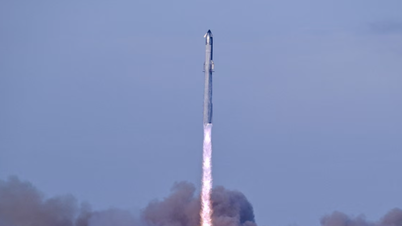


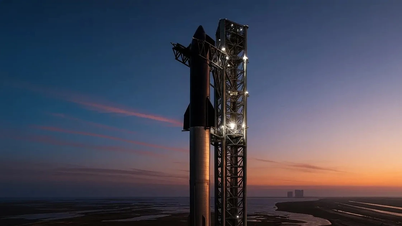
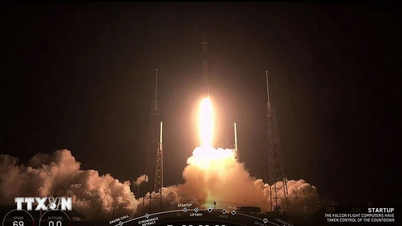
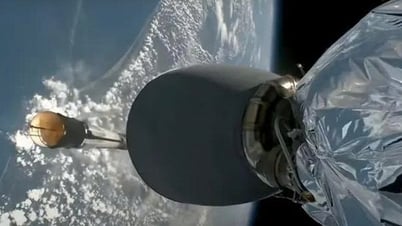
































































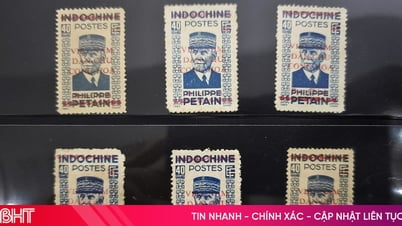



















Comment (0)